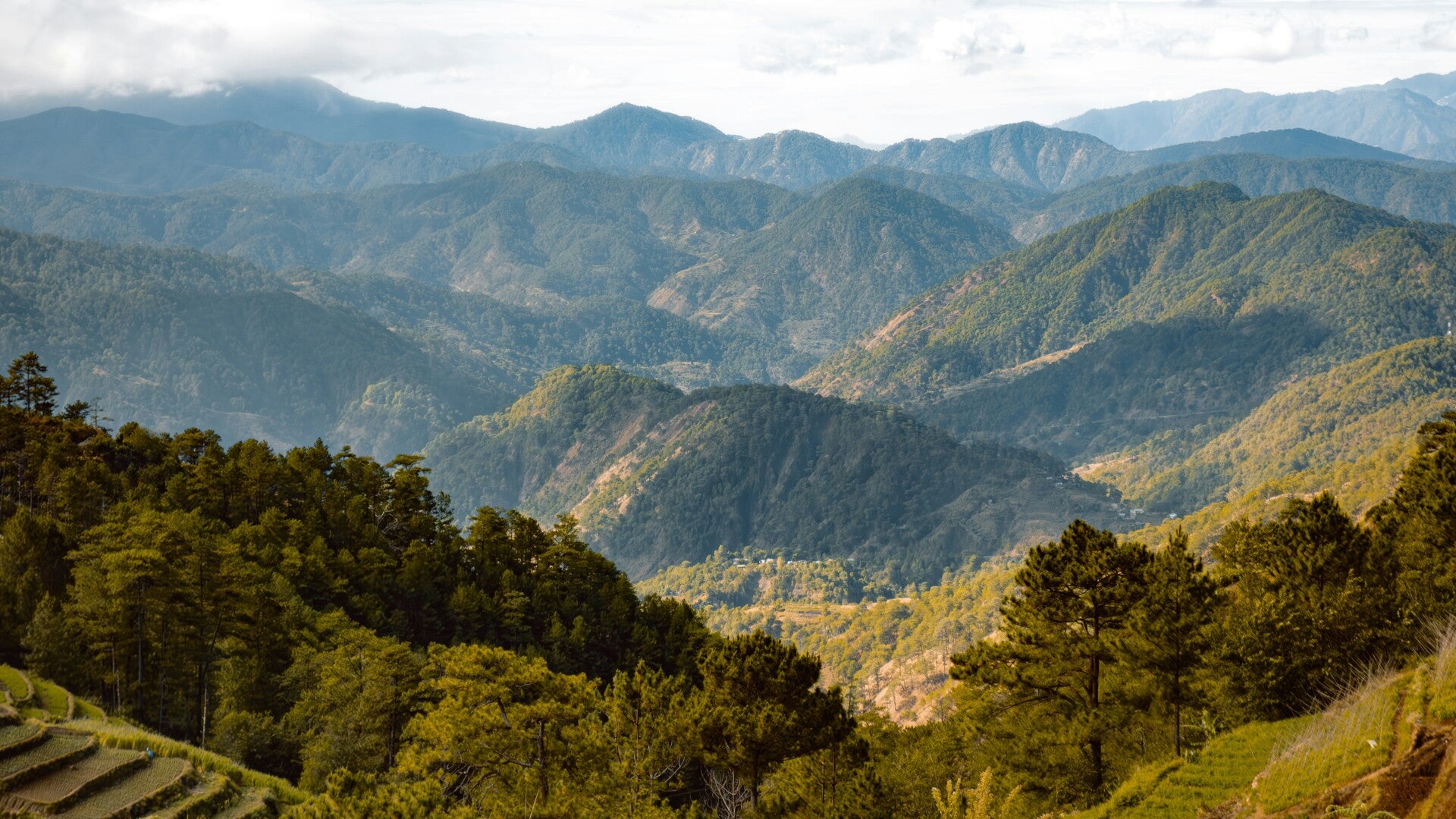
1898 to 1946
OVERVIEW
The Philippines underwent 3 colonial ruler changes from 1898 to July 4, 1946. A major shift and shock for the nation as a whole. The Philippines transitioned from Spanish rule (until 1898), to American rule (1898–1942), to Japanese occupation (1942–1945), and finally independence in 1946. However, the Igorots of the Cordilleras largely resisted Spanish colonial rule, and thus did not experience the same degree of religious conversion, cultural erasure, tribute systems, or land reorganization that affected lowland Filipinos. The Igorots were able to fend off Spaniard invasion, who were hoping to gain access to their metal mines and resources, and were able to maintain their own governing and trade systems independently.
The Igorots had a more cooperative relationship with the new colonial power, the United States, particularly after the Philippine Commission and Christian missionaries entered the Cordilleran territories. Figures like Dean Worcester admired certain Igorot customs and sought to work with them. However, this ‘respect’ was often paternalistic, rooted in colonial ideologies that framed the Igorots as noble yet backward people in need of American guidance and modernization. Worcester’s photographs and writings portrayed Igorots as subjects of transformation. He idealized the Igorots for their physical traits, but also used them to justify U.S. control over their land.
This admiration did lead to Igorots having a more peaceful partnership with the US than other Filipinos, and it brought to the Cordilleras infrastructure development of new roads, schools, churches, parks, and other buildings, with US funds that Dean Worcester or others campaigned for so that they could develop a summer retreat in North Luzon for Americans. Baguio City was developed as a summer capital with U.S. funding.
In 1908, the U.S. colonial government reorganized the Igorots region into Mountain Province, a term used to describe what is now known as Cordillera Administrative Region, and delineated sub-provinces based on ethnolinguistic groupings—namely Benguet, Ifugao, Bontoc, Apayao, and Kalinga. This administrative restructuring was partly driven by census and governance needs, allowing the U.S. to install leadership over areas where tribal leaders were more cooperative. However, this was more difficult to achieve in some regions due to strong local autonomy and resistance.
The resources listed below offer insight into the experiences of the Cordilleras during this period, highlighting how U.S. political motivations often resulted in infrastructural and educational benefits for some Igorots. However, other sources reveal that not all colonial partnerships upheld the dignity of their subjects, especially when Igorots were brought to the United States for temporary work. At the 1904 St. Louis World’s Fair, Igorots were misrepresented and sensationalized as “dog-eating savages” in ethnographic exhibitions designed to justify American imperialism in the Philippines.
ARTICLES & PUBLICATIONS
Promotional offer
Don't miss out on the chance to save while enjoying the quality and service you love. Keep an eye on this space for the latest updates and grab these amazing deals while they last!